The Michael Tidser era at Dunfermline kicked off with a comfortable 3-0 debut victory over Stenhousemuir in the Scottish Cup.
In what could have have been a banana skin, against a team flying high in the division below, first-half goals from Chris Hamilton and Ewan Otoo, and a Lewis McCann strike just 40 seconds after the break, sealed the Pars’ progress.
Coming just hours after confirmation of the completed takeover of the East End Park club, it was a significant day for the Fifers.
Tidser was content with what he had seen from his new side, including plenty of hints of what is to come on the pitch.
So, what changes had Tidser’s stamp on them in his debut win?
Possession
Tidser’s Kelty Hearts side have become known for their passing philosophy.
So, it was the one thing that was certain to follow him to nearby neighbours Dunfermline.
Right from the kick-off, it was clear that the Pars would be asked to play out from defence.
The Fifers did something similar under predecessor James McPake and caretaker boss John McLaughlan.
But there was perhaps a greater patience about the way Dunfermline probed for the space in midfield that would spark an attack.
Goalkeeper Tobi Oluwayemi’s calmness in possession and accuracy of short and long-range passing is likely to be key.
The third goal highlighted just that. The on-loan Celtic youngster found Joe Chalmers in space and his pass in turn picked out Kane Ritchie-Hosler on the flank.
The winger’s run and drilled cross gave McCann a simple tap-in.
It was a superb team goal that showed the way forward for the Pars under Tidser.
Role of the full-backs
What was also noticeable straight from the off were the positions being taken up by the full-backs when Dunfermline were in possession.
Aaron Comrie on the right and Chalmers filling in for the injured Kieran Ngwenya on the left drifted inside off the touchline.
That, in turn, saw Ritchie-Hosler and McCann move into the wide area vacated by the defenders.
With Chris Hamilton dropping the deepest of the midfielders when the Pars were in possession and Otoo and David Wotherspoon always looking for pockets of space, the movement off the ball was obvious.
Tidser spoke afterwards of telling players to ‘be brave and take up positions they’re maybe not comfortable with’.
But, for the most part, the Fifers looked to enjoy the tactical tweaks. Chalmers, in particular, was at ease with being asked to move into midfield as an inverted full-back.
All this from just one training session lasting not much more than an hour.
Ball in play
There was a recognisable step up in the pace at which Dunfermline did things under interim boss McLaughlan.
The more studied approach of McPake was replaced with an attempt to up the tempo of attacks.
Whilst Tidser’s tactics call for patience, once the passing and rotation has opened up an opportunity, the players will be expected to go forward with speed.
One way of creating space is by not giving opponents time to get set into their defensive shape.
And one way of doing that is to catch them on the hop from set-plays.
The sharpness with which the Fifers got the ball back in play was clear, whether that was from throw-ins, goal-kicks or free-kicks.
At one point, Stenhousemuir cleared high into the main stand. The ball had not yet landed but Dunfermline had another one already in play.
It seems there will be moments of calm persistence and others when speed is of the essence.

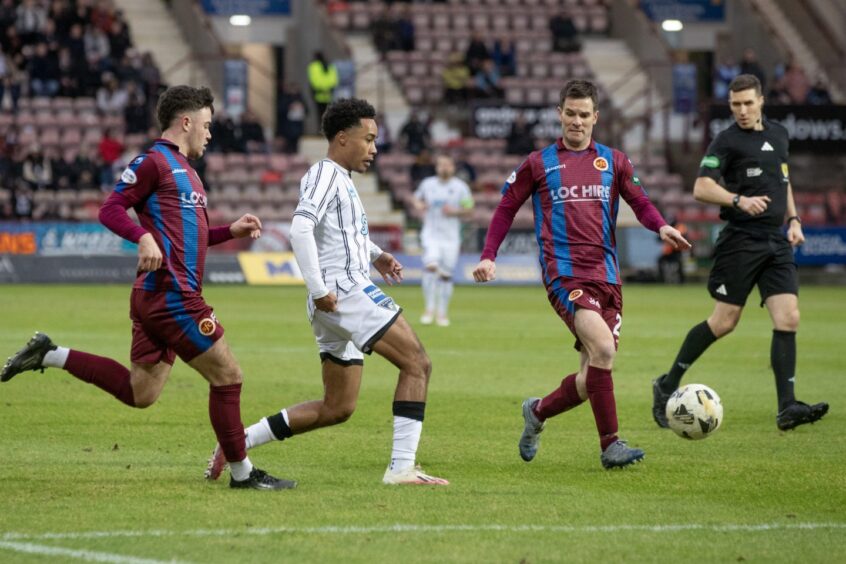
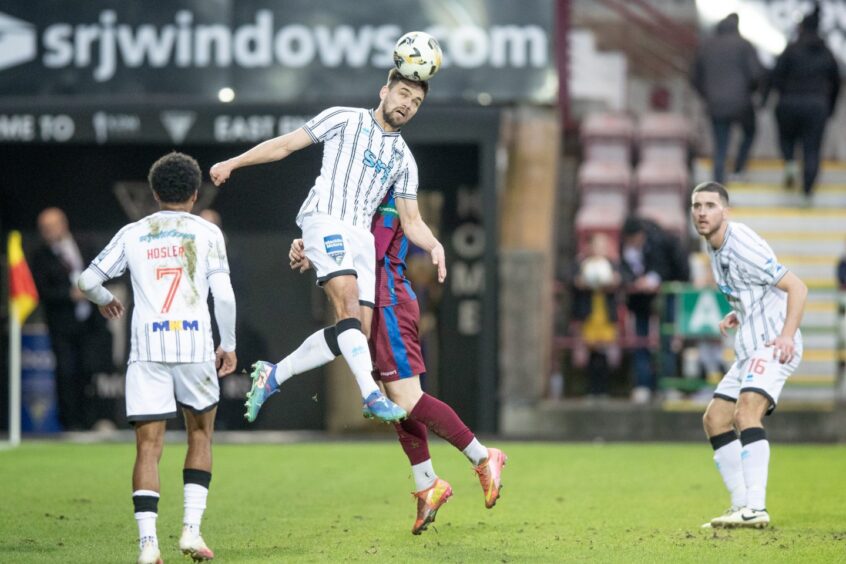
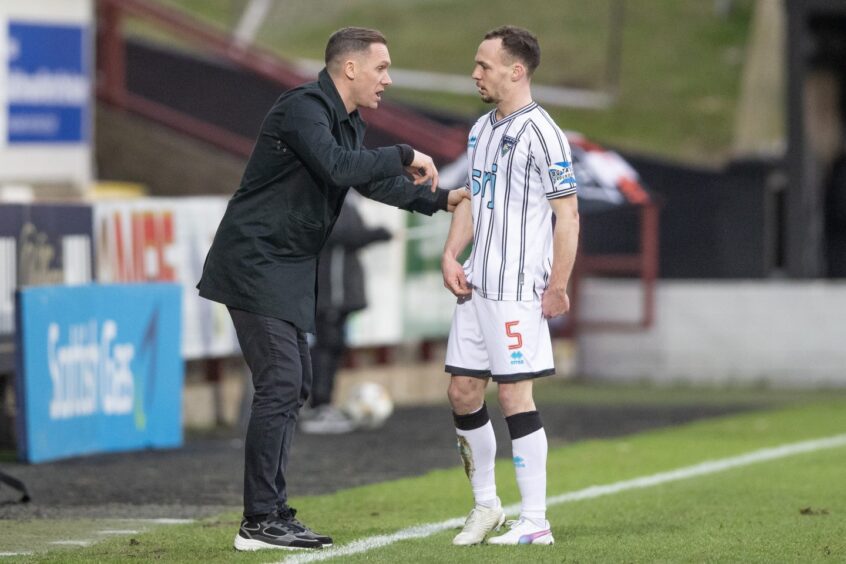

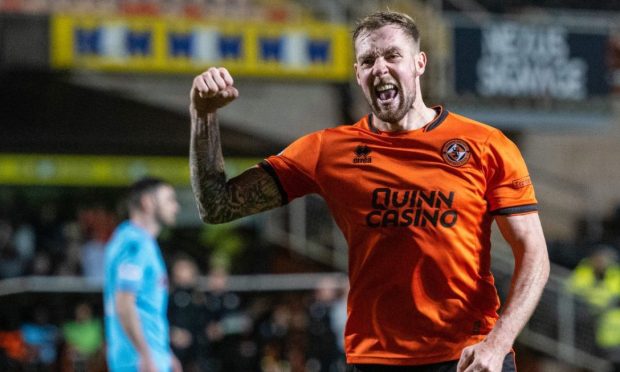
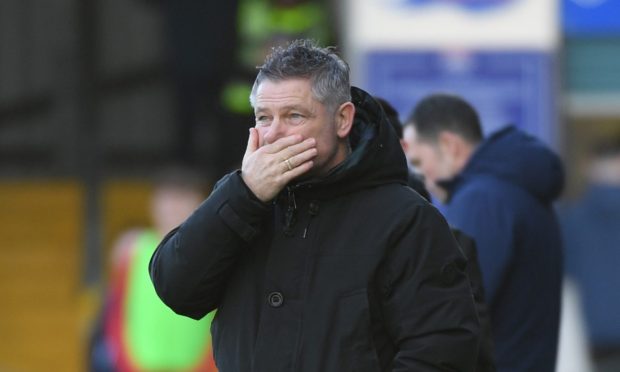
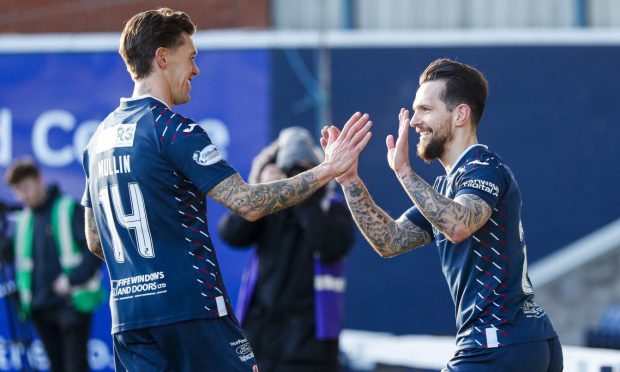
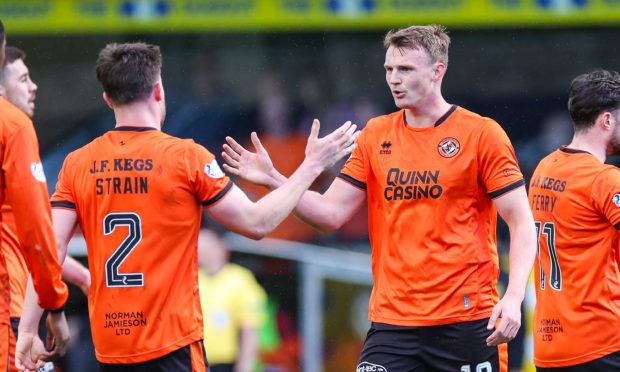
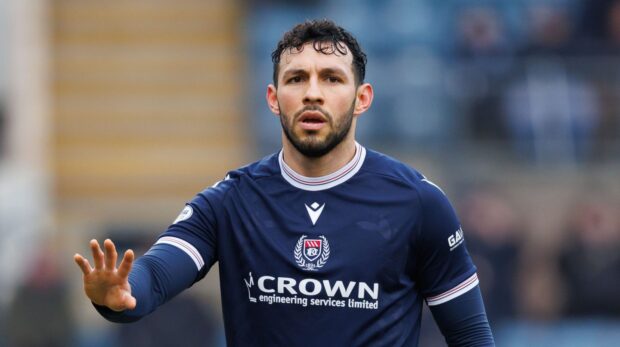

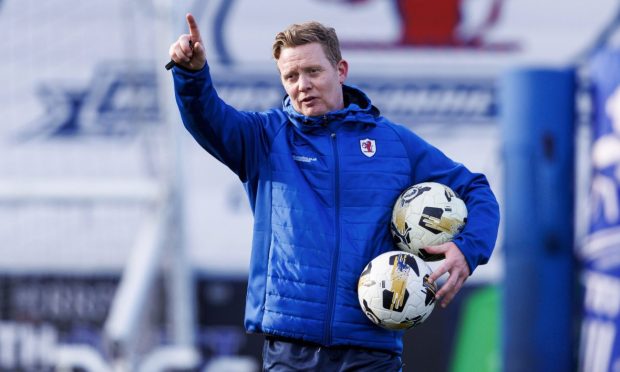
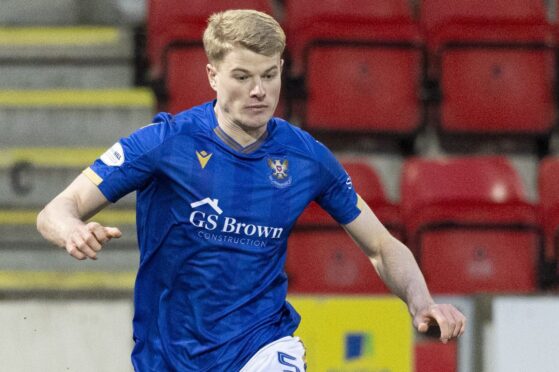
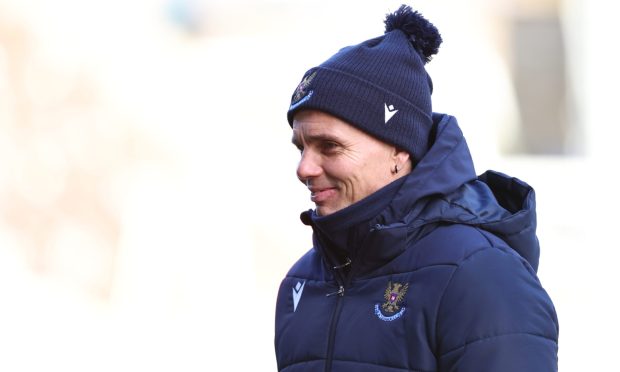
Conversation